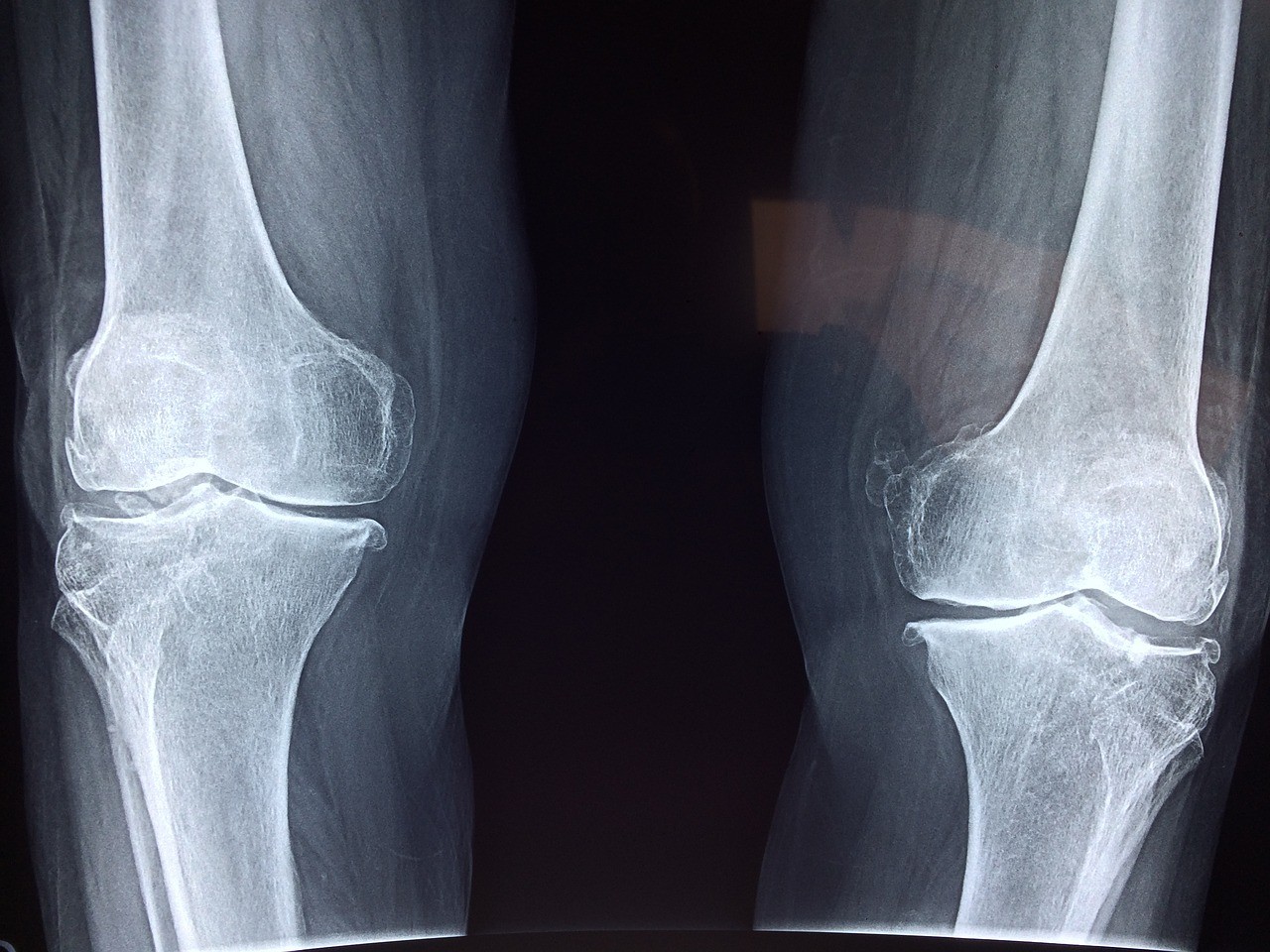Testing for Joint Pain: X-Ray vs MRI


Sudden accidents during exercise and long-term repetitive movements or postures at work can lead to joint pain, often affecting the shoulders, wrists and knees. When managing these pains, it is important to undergo imaging tests before treatment to identify the location and cause of the pain. But should you choose an X-ray or a magnetic resonance imaging (MRI) scan?

3 factors for choosing imaging methods
Degree of pain on palpation
The doctor will first use their hands to palpate the patient to check the degree of pain. If the patient feels very painful when a specific site is lightly pressed, it may indicate that the bone is injured and an X-ray examination is necessary to determine if there is a fracture.
Location of the Injury
If the injured area is a more complex joint such as the fingers, knees, or shoulders, an X-ray scan should be performed first to rule out more severe injuries.
Severity of the Injury
Some patients may experience severe pain in the lower back after bending down to sneeze, be unable to walk or experience numbness in the hands or feet. If their conditions do not improve even after receiving pain-relieving injections, the doctor may determine that the injury is very serious and immediately arrange an MRI scan to evaluate if there is a herniated disc.
Combining X-ray with MRI to provide precise joint examination
In fact, joint pain can have many causes. When dealing with such cases, most doctors would first perform an X-ray scan, which has the advantages of being fast and economical. It can also quickly rule out problems such as fractures and tumours.
If the X-ray scan is not able to provide a complete diagnosis, the doctor will consider using a more precise MRI scan to evaluate the cartilage, synovium, ligaments and intervertebral discs in detail for the most precise joint examination.
Related Brands



